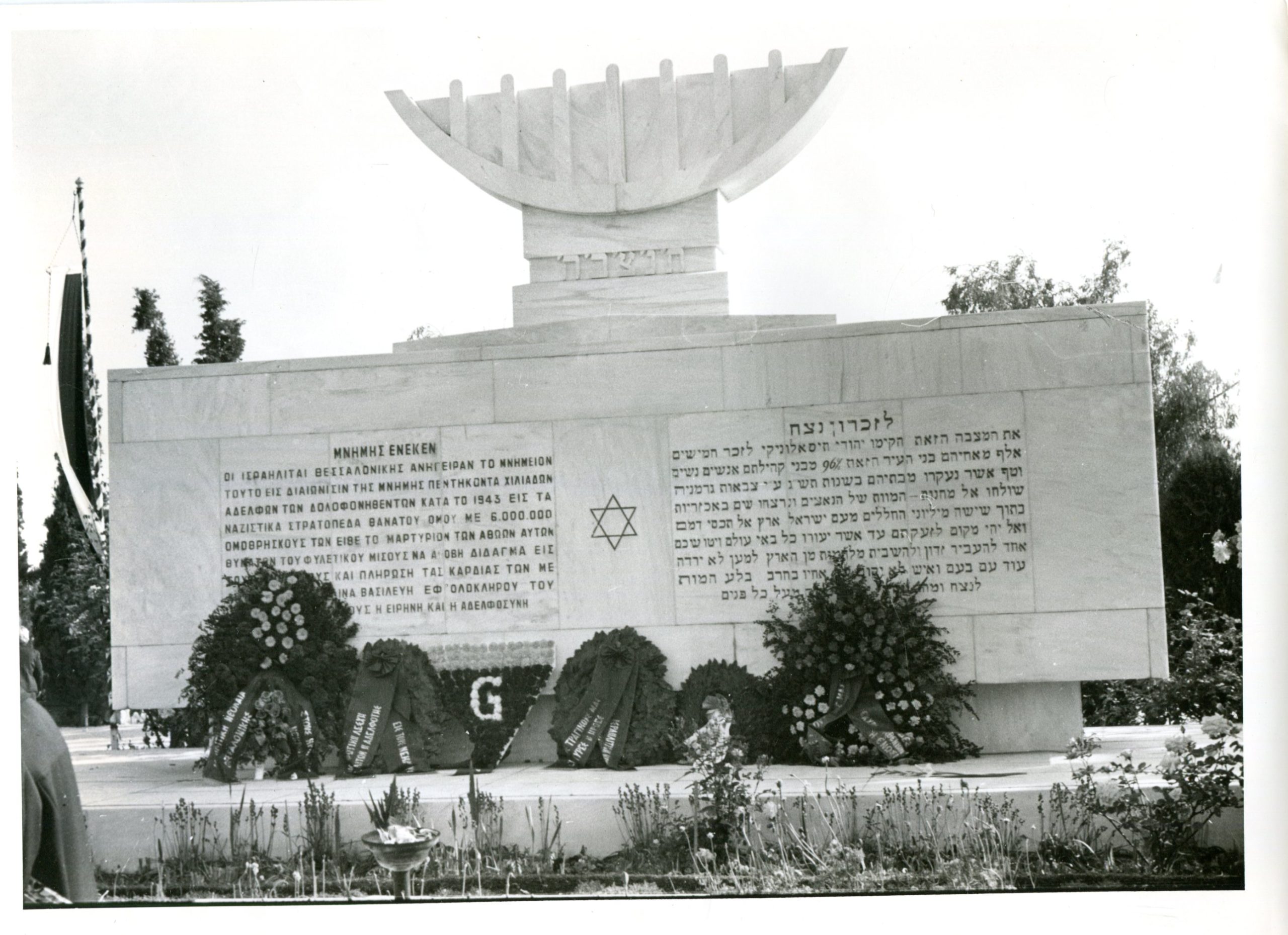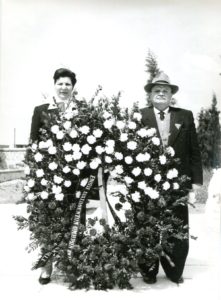Thessaloniki’s Jewish cemeteries
City
Migration Period
Category
Full Description
One of the first acts of persecution against the Jewish community of Thessaloniki was the destruction of the city’s ancient Jewish cemetery. It was followed by the extermination of the majority of the city’s pre-war Jewish population which had comprised almost 50,000 people. The destruction of the cemetery began in 1942 under the operational control of the General Governorate of Macedonia. Initially, an agreement between the Governor and the Jewish community stipulated that graves dating back 30 years or less were to remain untouched. However, the authorities reneged on this agreement and within the next few months, only a short time before the extermination of the city’s Jewish community, the entire cemetery was destroyed. The marble tombstones were looted and parts of them were used as building materials in public and private buildings throughout the city.
It is important to note that the efforts to remove the cemetery from the city had begun many years earlier. Policies for the ‘sanitisation’ and beautification of the city centre, a new urban plan stipulating the expansion of the University of Thessaloniki, as well as blatant anti-Semitic vandalism, all pointed to the eventual permanent removal of this ancient cemetery. In 1937, a large area of about 12,500 square metres was ceded to the University and the exhumation of the remains started almost immediately under the supervision of the Chief Rabbi. Since this piece of land held one of the oldest sectors of the cemetery, the remains of many renowned rabbis and mystics were the first to be exhumed and transferred elsewhere.
When the Jews who had survived the concentration camps returned to the city, the Jewish Community of Thessaloniki was re-established, focusing its efforts on four main issues: the release and return of the members’ expropriated assets, the punishment of Nazi collaborators, the reclaiming of the Community’s expropriated assets, and the resolution of the cemetery issue.
From 1944 to 1946, the Jewish Community of Thessaloniki, in collaboration with the Municipality, sought a temporary site for the cemetery while also trying to prevent the appropriation of the old cemetery. In the end, the land of the cemetery was ceded in its entirety to the University of Thessaloniki through a Ministerial Council Act in June 1946. The legal dispute that ensued finally ended in compromise more than 60 years later, in 2010, thanks to the efforts of the Jewish Community of Thessaloniki. The erection of a commemorative monument at the site of the cemetery was proposed as early as 1946, but the monument was actually unveiled in 2014, 68 years later.
Between 1944 and 1946, the Community tried to put a stop to the looting of Jewish tombstones from the cemetery through petitions, protests and lawsuits. The police issued orders and circulars with meagre results, since the majority of the tombstones had already been stolen. In the end, a piece of land in Stavroupoli, on today’s Karaoli Street and Dimitriou Street, was chosen as the site for the new cemetery. The tombstones and remains that had been salvaged were transferred to the new cemetery, where a monument to the victims of the Holocaust was built.
In the first photograph, the destruction of the old cemetery is clearly depicted. The photograph comes from the archives of the International Committee of the Red Cross and was taken in March or April 1943.
The second photograph shows a couple holding a wreath inside the new Jewish Cemetery during an event commemorating the victims of the Holocaust. The event probably took place in the 1960s. The ribbon on the wreath reads: ‘Israeli Association of Rescued Hostages’. It is important to note that many members of the Jewish Community who were rescued in Greece or survived the concentration camps, most of them adult men, migrated to Israel in the first years after the war.
The third photograph shows the monument inside the cemetery inscribed in Greek and Hebrew. The photograph was taken during the same event commemorating the victims of the Holocaust, probably in the 1960s.
Bibliography
Nikos Stavroulakis, Salonika, Jews and dervishes, Talos Press, Athens 1993.
Rika Benveniste, Those who survived: The Resistance, Deportation, and Return of the Jews from Salonika in the 1940s, Polis, Athens 2014.
Evanghelos Hekimoglou, Anna Maria Droumpouki (eds.), The day after the Holocaust, Jewish Museum of Thessaloniki, Thessaloniki 2017.



